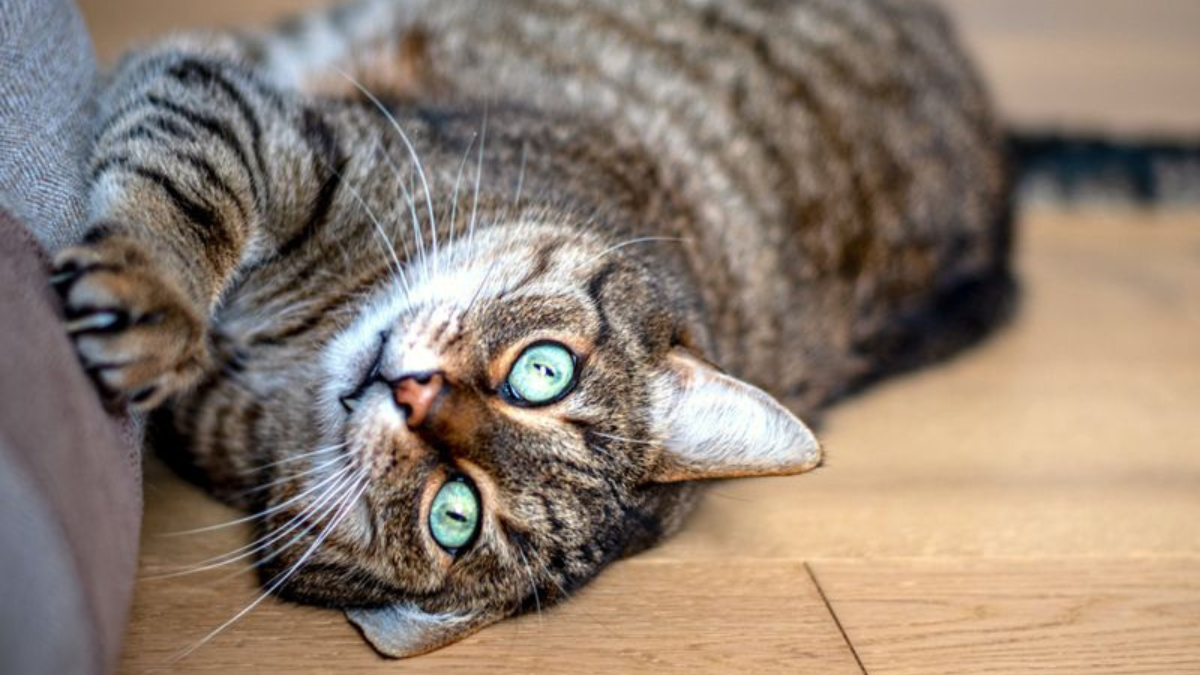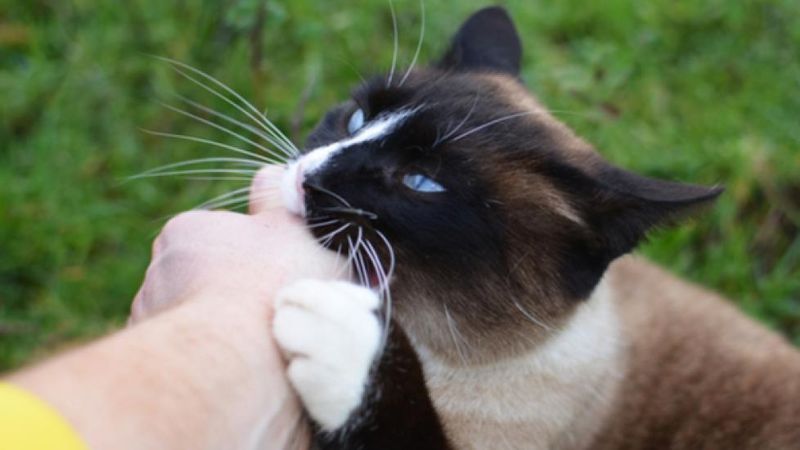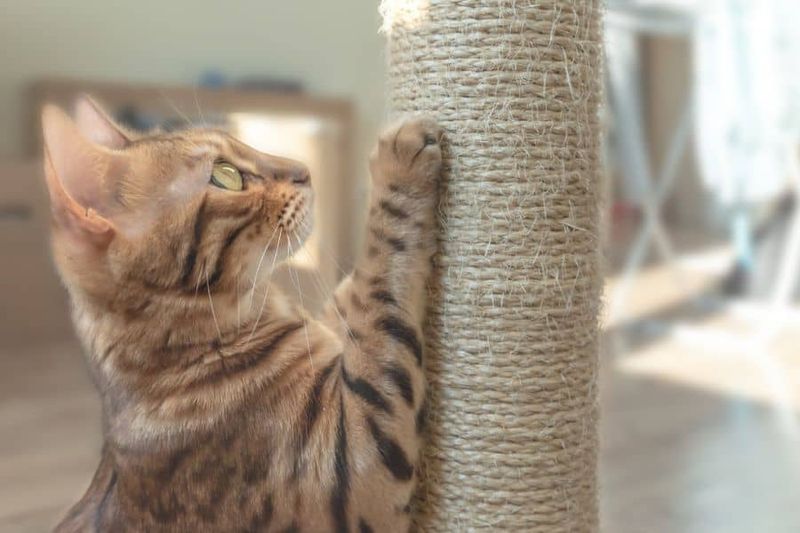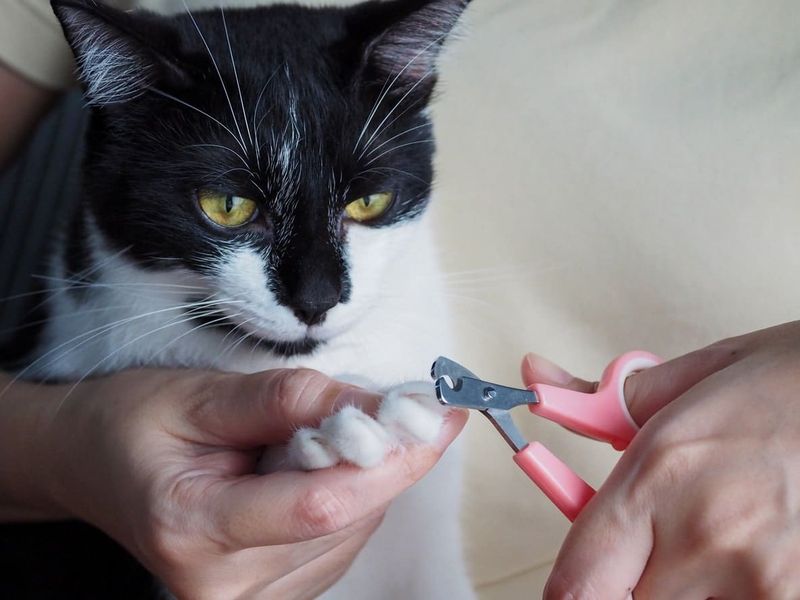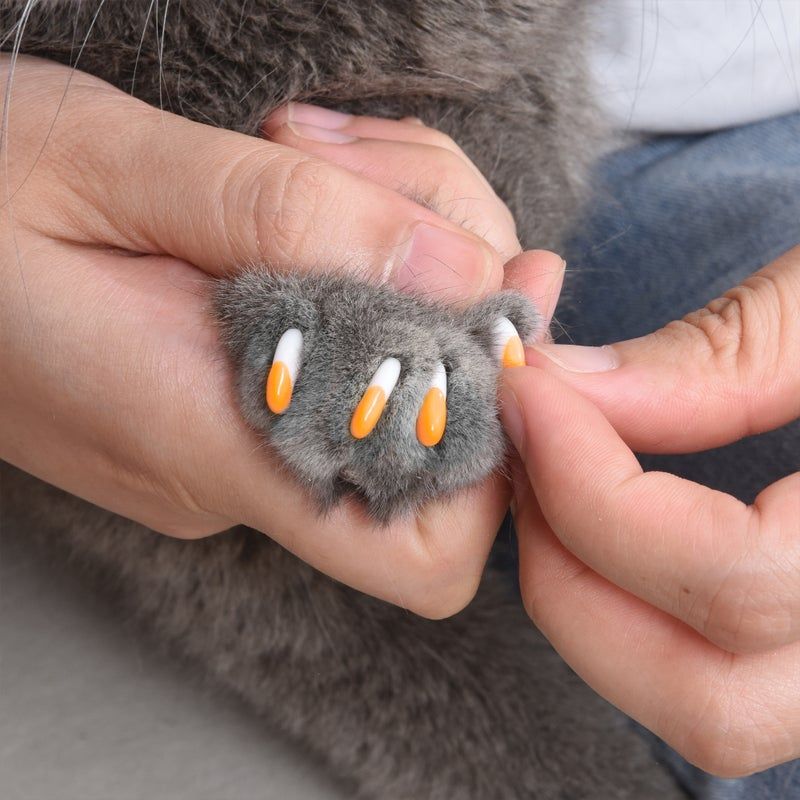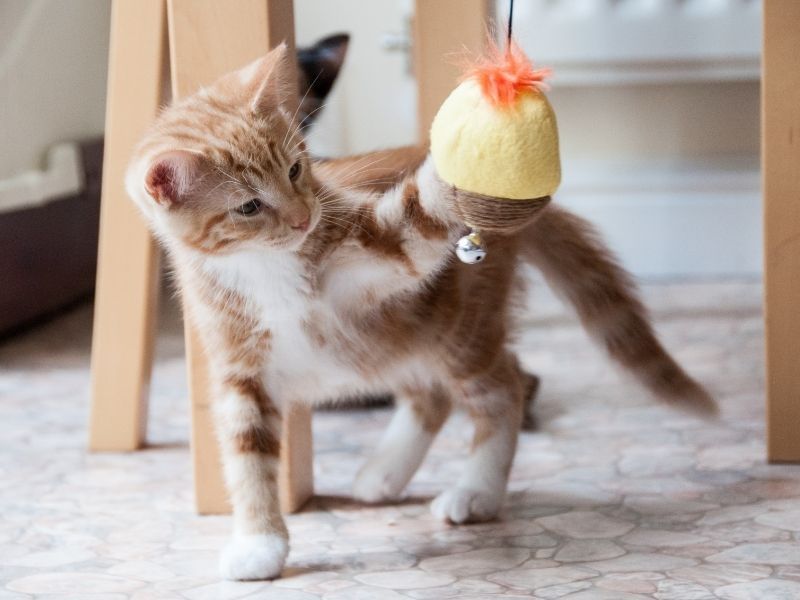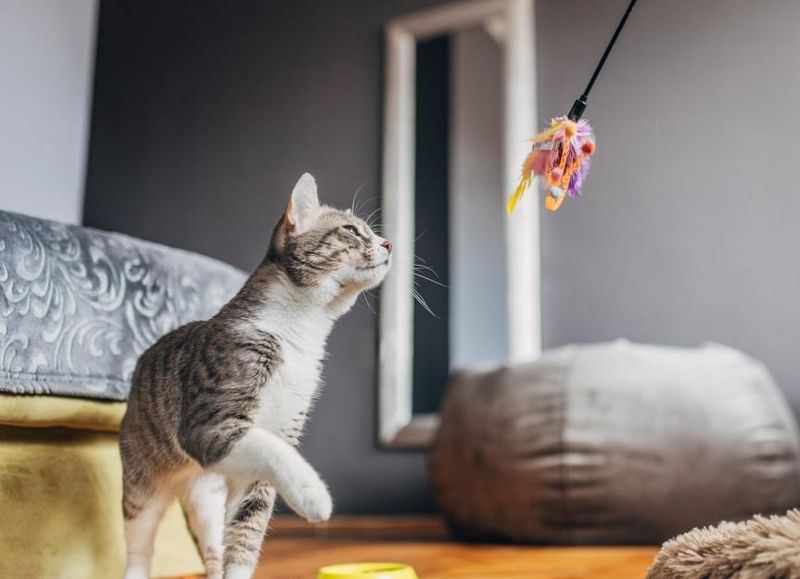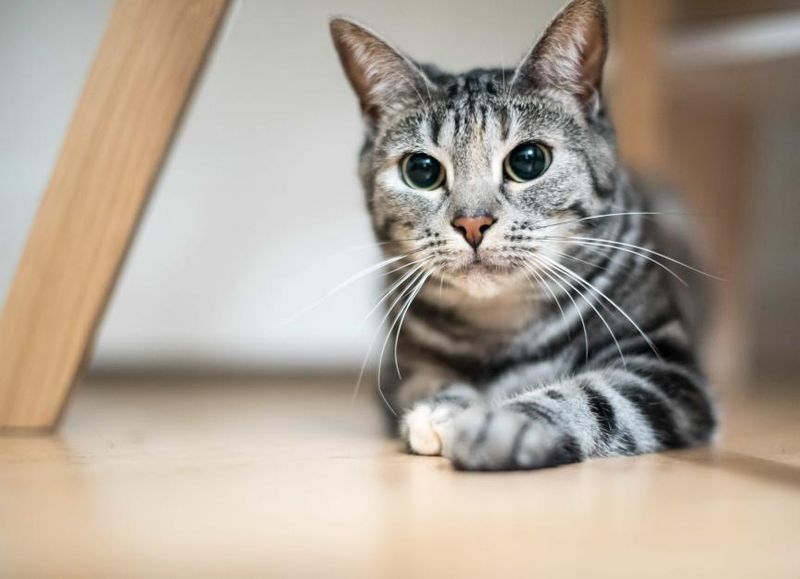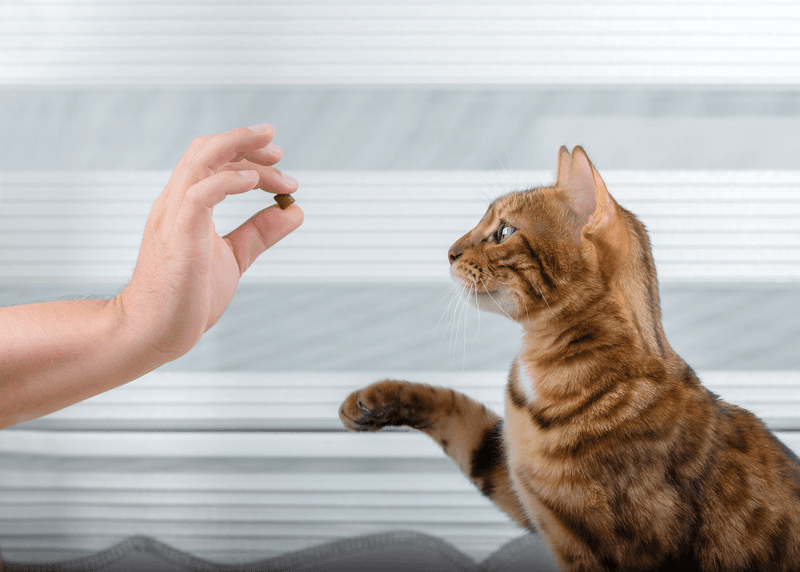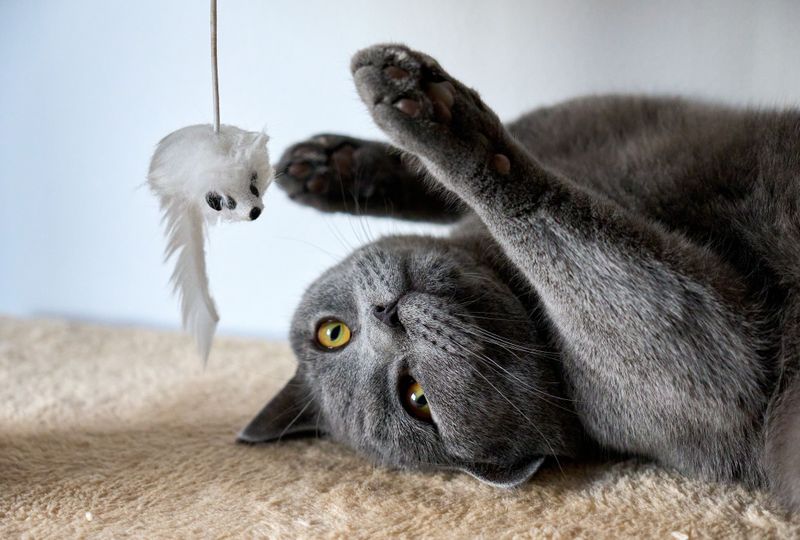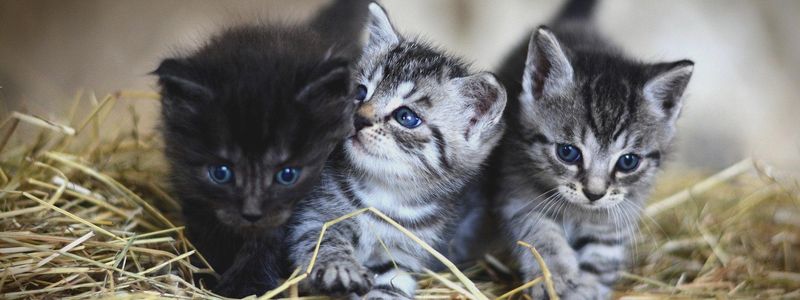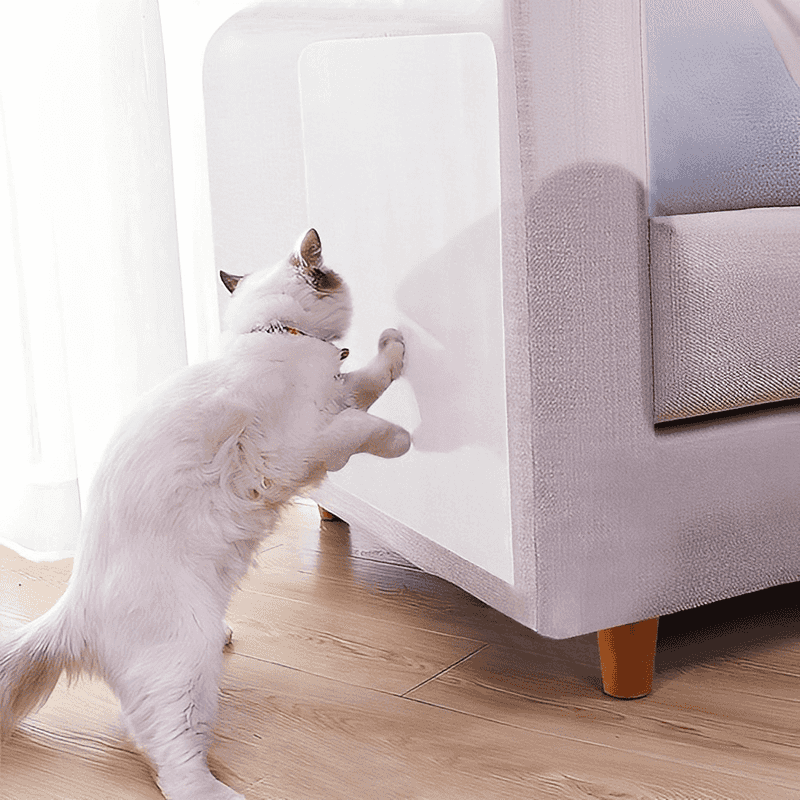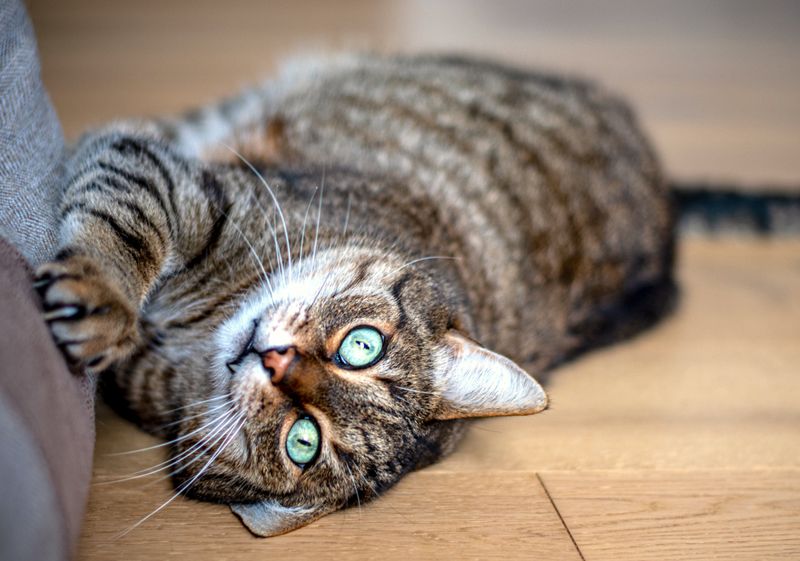📖 Table of Content:
- 1. Understand Why Cats Bite and Scratch
- 2. Provide Appropriate Scratching Posts
- 3. Trim Your Cat’s Claws Regularly
- 4. Use Soft Nail Caps
- 5. Redirect Play Aggression
- 6. Establish a Regular Play Schedule
- 7. Learn to Recognize Overstimulation
- 8. Create a Calm Environment
- 9. Never Punish Your Cat
- 10. Try Clicker Training
- 11. Provide Environmental Enrichment
- 12. Socialize Kittens Early
- 13. Use Deterrent Sprays for Furniture
- 14. Consider Professional Help When Needed
- 15. Be Patient and Consistent
Cats make affectionate and entertaining companions, but their strong hunting instincts can occasionally cause challenges. Biting and scratching are natural feline behaviors, yet they can become problematic in a home setting. These actions may seem playful to the cat but can result in discomfort or injury for people.
Beyond personal injury, scratching can also cause damage to furniture, carpets, and other belongings. Some cats become overstimulated or frustrated, which can increase the chances of aggressive play. Understanding the reasons behind these behaviors is the first step to managing them effectively.
With the right approach, it’s possible to guide a cat toward more appropriate outlets for their energy and instincts. Positive reinforcement, interactive toys, and consistent routines all play crucial roles. Creating a safe, stimulating environment helps reduce unwanted behavior and strengthens the bond between the cat and the owner.
1. Understand Why Cats Bite and Scratch
Knowing the root cause of your cat’s behavior is the first step toward solving it. Cats may bite or scratch due to fear, play aggression, overstimulation, or territorial instincts. Observe when these behaviors happen most often. Does your kitty attack during playtime? When you’re petting them? Or when they see outdoor animals?
Each trigger requires a different approach. Take note of body language signals that appear before an attack. Flattened ears, twitching tail, or dilated pupils often warn of an impending scratch or bite. Learning these signals helps you prevent incidents before they occur.
2. Provide Appropriate Scratching Posts
Cats have a natural need to scratch for claw maintenance and territory marking. Multiple scratching posts placed in strategic locations throughout your home give your cat proper outlets for this instinct. Choose different textures like sisal rope, cardboard, and carpet to discover your cat’s preference. Some cats prefer vertical posts while others like horizontal scratching pads.
Position these items near furniture your cat currently scratches. Make the posts attractive by sprinkling catnip on them or attaching toys nearby. Reward your cat with treats and praise when they use the appropriate scratching surfaces instead of your furniture.
3. Trim Your Cat’s Claws Regularly
Regular claw trimming reduces damage from scratching and makes playtime safer. Aim to trim every 2-3 weeks using special cat nail clippers available at pet stores. Create positive associations with nail trimming by offering treats before, during, and after the process.
Start slowly by trimming just one or two nails per session until your cat becomes comfortable with the routine. Only cut the white tip of the nail, avoiding the pink area called the quick which contains blood vessels and nerves. If you’re nervous about trimming your cat’s claws yourself, ask your veterinarian or a professional groomer for a demonstration.
4. Use Soft Nail Caps
Nail caps offer a humane alternative to declawing for cats who scratch despite training. These tiny plastic covers glue onto your cat’s claws, blunting them without affecting normal extension and retraction movements. Available in various colors and sizes, nail caps typically stay on for 4-6 weeks before naturally shedding with the outer nail layer.
The application requires trimming the tips of your cat’s nails first, then attaching the caps with pet-safe adhesive. Many cats adjust quickly to wearing them, though some may initially bat at their paws or try to chew them off. Distract your cat with treats or toys after application until they forget about their fancy new nail accessories.
5. Redirect Play Aggression
Young cats especially need appropriate outlets for their hunting energy. Never use your hands or feet as play objects – this teaches cats that biting human body parts is acceptable behavior. Keep a variety of interactive toys ready for redirection when your cat gets into “attack mode.”
Wand toys, feather chasers, and toys that mimic prey movements are particularly effective for satisfying hunting instincts safely. When your cat starts to bite or scratch inappropriately, immediately substitute an appropriate toy. This consistent redirection teaches your feline friend what they can and cannot attack. Reward calm play with treats and praise to reinforce positive behavior.
6. Establish a Regular Play Schedule
A predictable schedule makes cats feel secure, and playtime is a great way to keep them happy and well-behaved. Just 10–15 minutes of active play twice a day can make a big difference. Morning and evening are ideal, as they align with a cat’s natural rhythm.
Use interactive toys that allow your cat to stalk, pounce, and “capture” prey, fulfilling their predatory instincts. End each play session with a small treat or meal. This completes the natural hunt-catch-eat cycle and leaves your cat feeling satisfied rather than frustrated. Consistent play schedules dramatically reduce unwanted biting and scratching in most cats.
7. Learn to Recognize Overstimulation
Many cats have a threshold for petting before they become overstimulated and react with bites or scratches. The shift can happen suddenly, catching owners by surprise. Watch for warning signs like skin twitching, tail swishing, ears flattening, or pupils dilating during petting sessions.
These signals indicate your cat is reaching their stimulation limit and needs space. Stop petting before your cat reaches this threshold. Short, positive interactions are better than longer sessions that end with scratching. Gradually, your cat may build tolerance for longer petting, but always respect their individual limits and body language cues.
8. Create a Calm Environment
Stress often triggers defensive biting and scratching in cats. Evaluate your home environment for potential stressors like loud noises, unpredictable routines, or conflicts with other pets. Provide quiet retreat spaces where your cat can escape when feeling overwhelmed.
Cat trees, window perches, and cozy hiding spots give your feline friend options to decompress when needed. Consider using calming pheromone products like Feliway diffusers or sprays, which mimic natural cat pheromones that promote feelings of security. Background music specifically designed for cats can also help create a soothing atmosphere that reduces stress-related behaviors.
9. Never Punish Your Cat
Physical punishment damages your relationship with your cat and often increases aggressive behaviors rather than reducing them. Cats don’t understand punishment the way humans do – they simply learn to fear you. Yelling, squirt bottles, or “scruffing” create anxiety that can lead to more defensive scratching and biting.
These methods might stop the behavior momentarily but cause lasting psychological harm and broken trust. Focus instead on positive reinforcement for good behaviors. When your cat plays gently or uses appropriate scratching surfaces, reward them immediately with treats, praise, or attention. This positive approach builds a trusting relationship while effectively teaching appropriate behavior.
10. Try Clicker Training
Clicker training isn’t just for dogs – cats respond remarkably well to this positive reinforcement method. The clicker creates a clear signal that marks the exact moment your cat does something right. Start by associating the clicker sound with treats. Click, then immediately give a tiny treat. After several repetitions, your cat will connect the click with good things happening.
Use this method to reward gentle play and appropriate scratching. When your cat plays without using claws or teeth on you, immediately click and treat. For scratching posts, click and treat when they use the post instead of furniture. The precision timing of the clicker helps cats quickly understand which behaviors earn rewards.
11. Provide Environmental Enrichment
Bored cats often develop problematic behaviors out of frustration. Creating an enriching environment with plenty of stimulation can dramatically reduce unwanted scratching and biting. Rotate toys regularly to maintain novelty and interest. Puzzle feeders, window perches with bird feeders outside, cat trees, and shelving that creates vertical territory all provide mental stimulation and physical outlets for energy.
Consider setting up a “catio” or secure outdoor enclosure if space permits. Even indoor-only cats benefit from safe outdoor experiences that engage their senses and provide natural stimulation. The more appropriate outlets your cat has for their energy, the less likely they’ll be to use your arms as scratching posts.
12. Socialize Kittens Early
Prevention is easier than correction when it comes to biting and scratching. Kittens who receive proper socialization between 2-7 weeks of age typically develop better bite inhibition and gentler play styles. If you have a kitten, provide varied positive experiences with different people, gentle handling, and appropriate play.
Teach them early that hands are not toys by consistently redirecting mouth and claw contact to appropriate toys. Allow kittens to play with other well-socialized cats when possible. Littermates naturally teach each other bite inhibition through play – when one kitten bites too hard, the other yelps and stops playing, teaching valuable lessons about gentle interaction that transfer to human relationships.
13. Use Deterrent Sprays for Furniture
Furniture protection works alongside positive training to break scratching habits. Cat-safe deterrent sprays with citrus or herbal scents naturally repel cats from treated surfaces without causing harm. Test any spray on a small, hidden area of furniture first to ensure it doesn’t cause damage. Apply the deterrent daily to furniture your cat targets while simultaneously providing attractive scratching alternatives nearby.
Double-sided tape products like Sticky Paws offer another temporary solution. Cats dislike the sticky sensation on their paws and quickly learn to avoid these surfaces. Remember that deterrents work best when combined with positive reinforcement for using appropriate scratching surfaces.
14. Consider Professional Help When Needed
Some scratching and biting behaviors stem from medical issues or complex behavioral problems requiring professional intervention. Sudden aggressive behavior changes warrant a veterinary checkup to rule out pain or illness. If medical causes are ruled out but problems persist despite your best efforts, consult a certified animal behaviorist.
These specialists can develop customized training plans based on your cat’s specific triggers and behaviors. Don’t wait until someone gets seriously injured to seek help. Professional guidance early on prevents behavior problems from becoming ingrained habits. Many veterinarians can recommend qualified behaviorists in your area who use modern, humane training methods.
15. Be Patient and Consistent
Behavior modification takes time, especially with cats. Results rarely happen overnight, so maintain realistic expectations and celebrate small improvements along the way. Consistency is crucial – all family members must follow the same rules and training methods. Mixed messages confuse your cat and undermine progress.
Create a household plan that everyone agrees to follow regarding play methods, petting approaches, and responses to unwanted behavior. Track progress in a journal to notice patterns and improvements you might otherwise miss. Note triggers, successful interventions, and behavior changes. This record helps maintain motivation during the training process and provides valuable information if you later need professional assistance.
